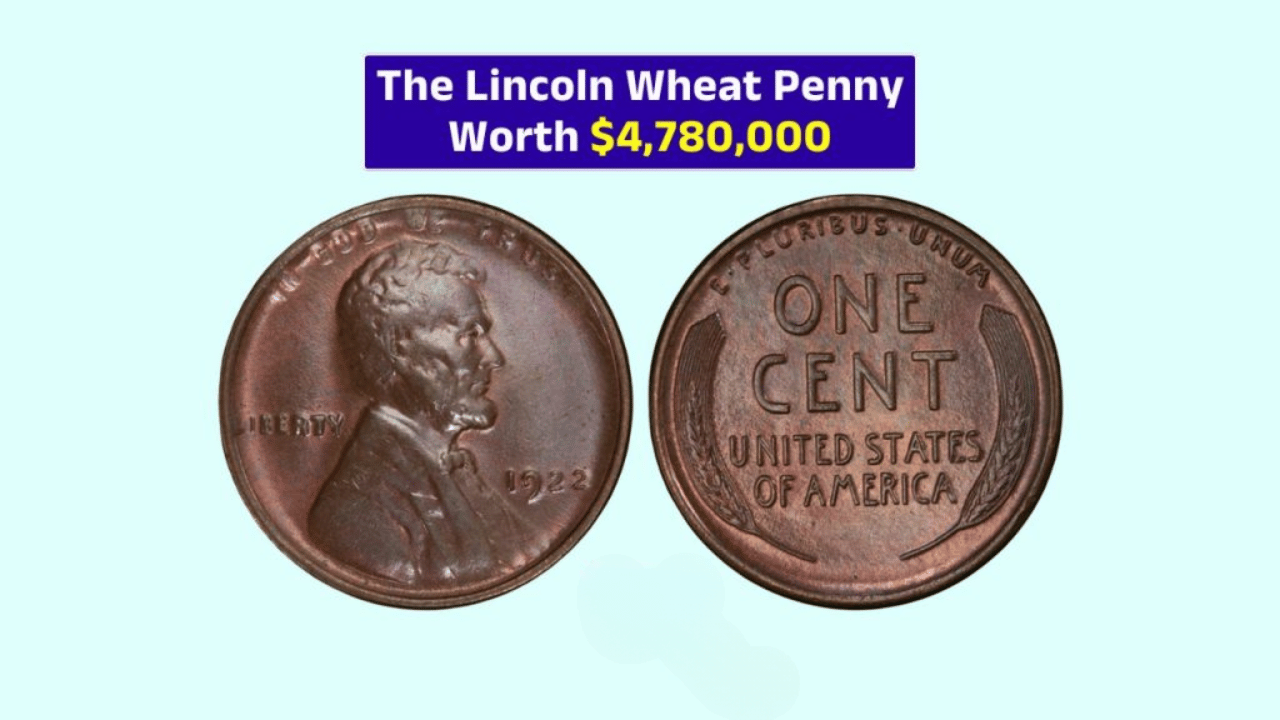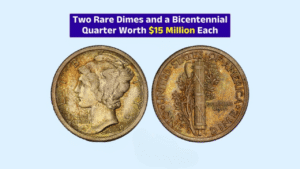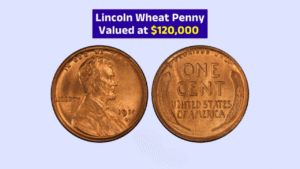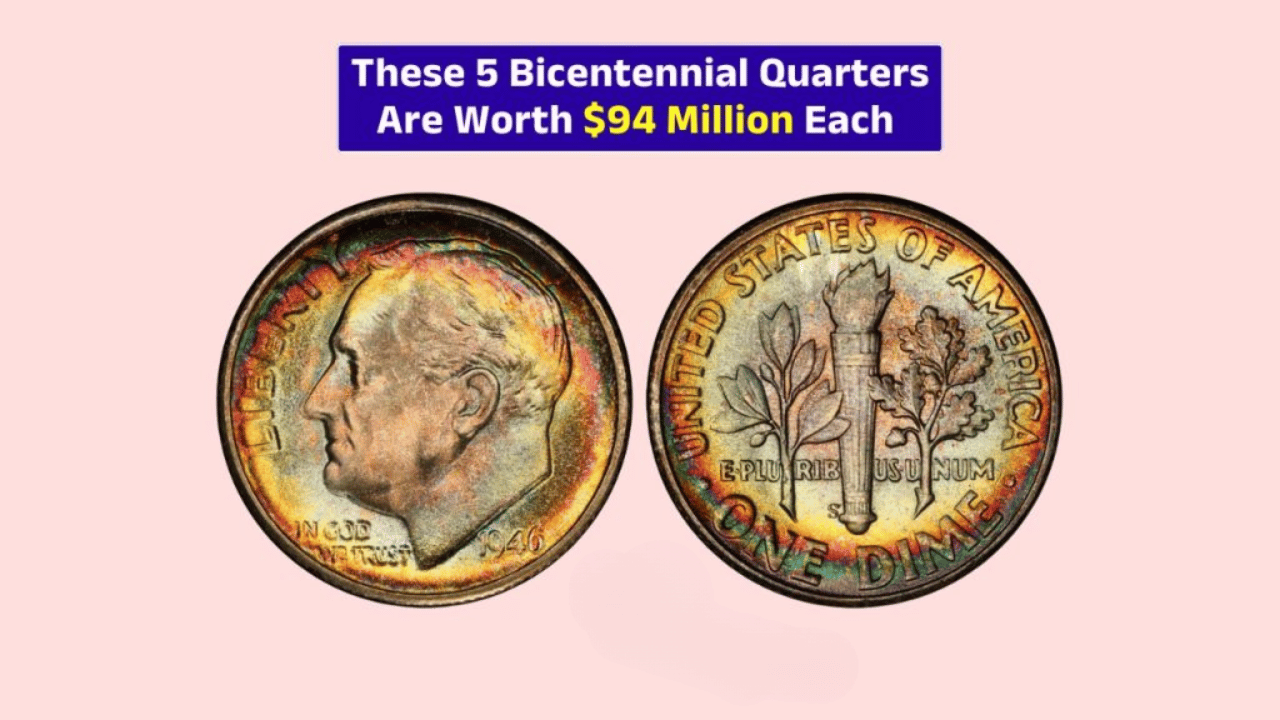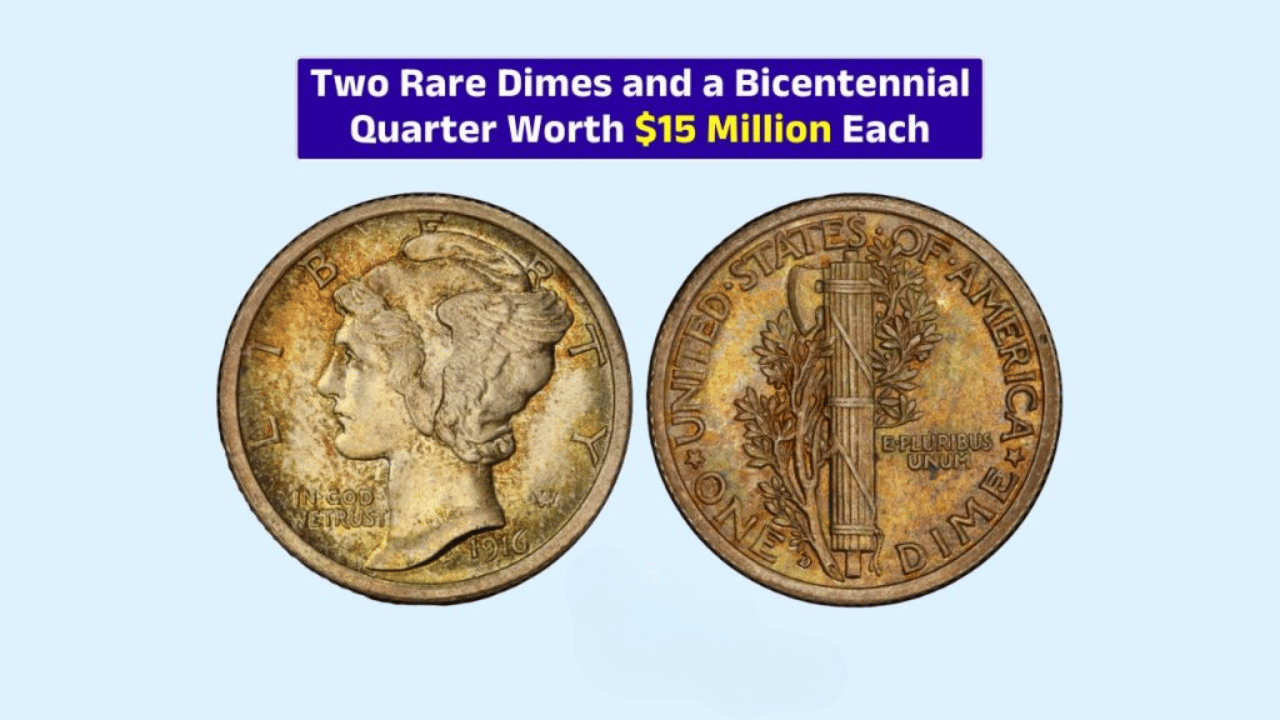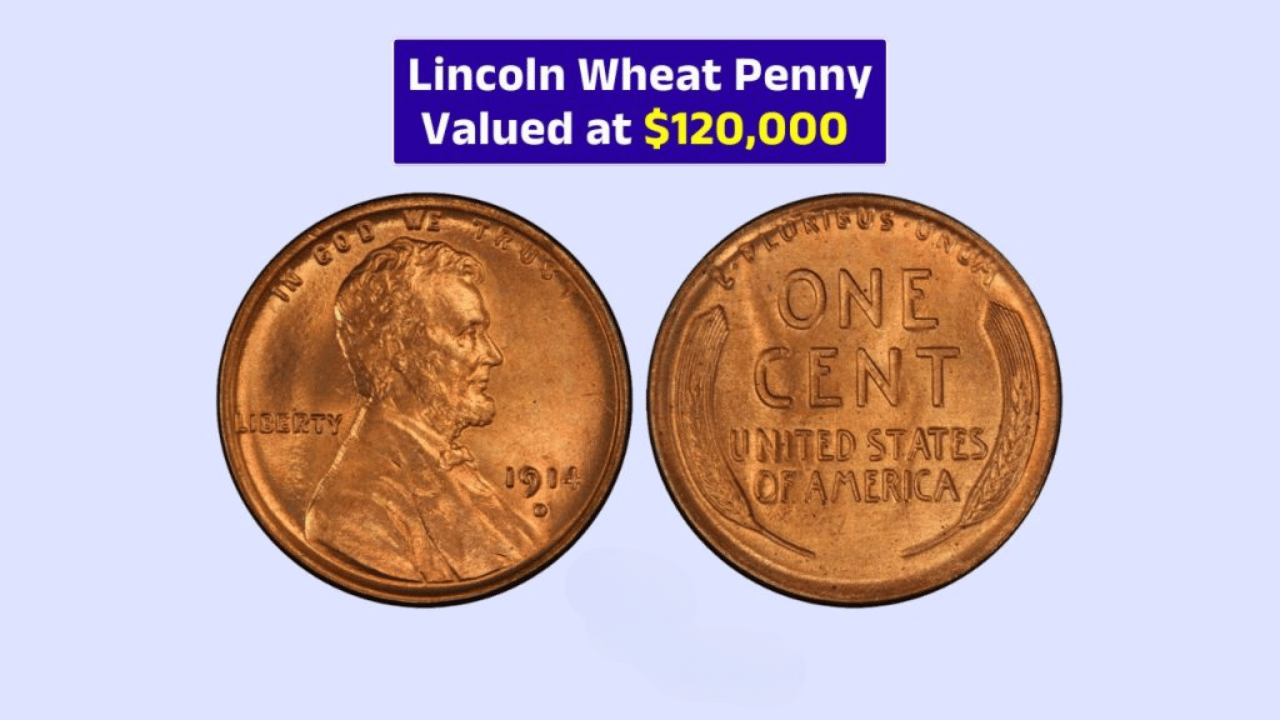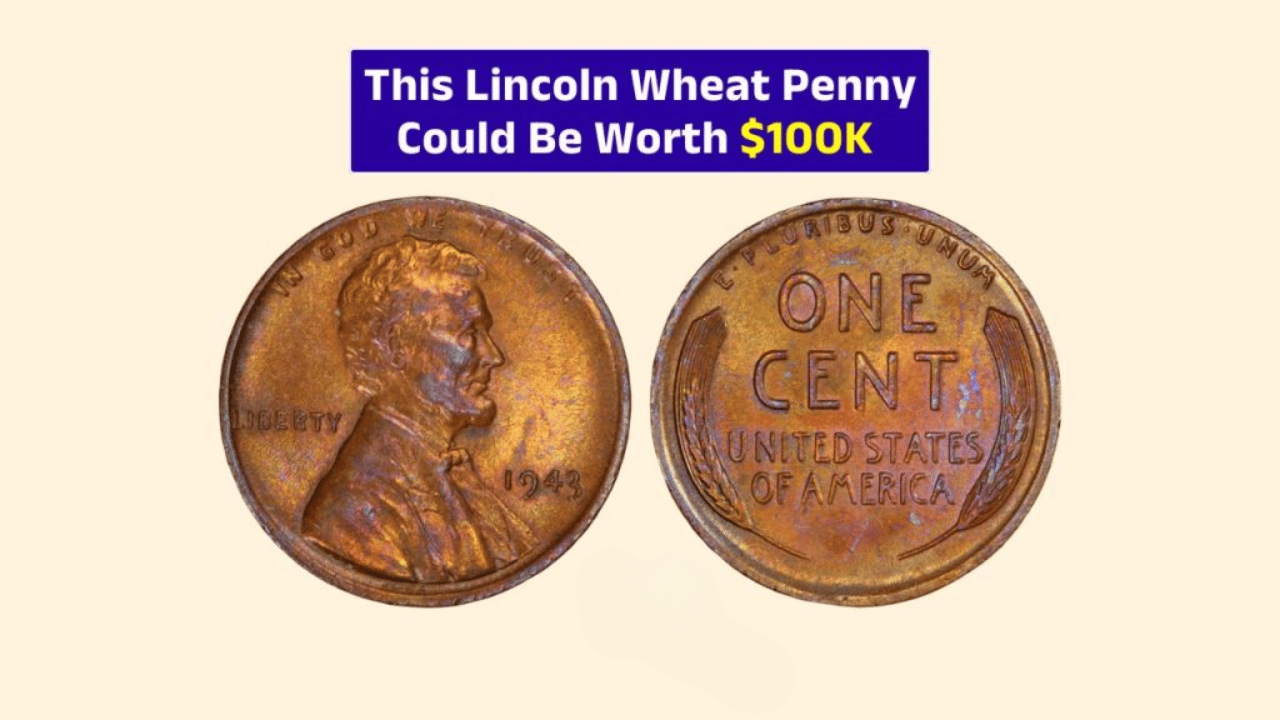A single penny might not seem like much—but in rare cases, it could be worth millions. One such example is the 1943 Copper Lincoln Wheat Penny, a historic minting error that has shocked collectors and investors alike by fetching up to $4,780,000 at auction. Even more incredible? It’s possible that one of these valuable coins is still circulating today.
If you’ve ever overlooked an old Wheat Penny in your change jar, it’s time to take another look—because you might be holding a fortune in the palm of your hand.
What Is a Lincoln Wheat Penny?
The Lincoln Wheat Penny, also known as the Wheat Cent, was introduced in 1909 to commemorate Abraham Lincoln’s 100th birthday. It marked a historic change as the first U.S. coin to feature a real person.
Key features:
- Obverse: Lincoln’s profile
- Reverse: Two wheat stalks flanking “ONE CENT”
- Years minted: 1909–1958
- Material: Primarily copper, except during wartime years
Though millions of Wheat Pennies were produced, most are common. But a few, like the 1943 copper version, are extremely rare and highly sought-after.
Why the 1943 Copper Wheat Penny Is Worth Millions
During World War II, the U.S. Mint switched to steel-coated zinc for penny production to conserve copper for ammunition and military needs. However, a small number of copper planchets from 1942 were accidentally left behind and used in 1943 production.
These minting errors were struck at all three mints—Philadelphia (no mintmark), Denver (“D”), and San Francisco (“S”)—but only a few dozen authentic copper examples are known to exist today.
Why it’s valuable:
- Unintentional error due to leftover copper blanks
- Extraordinarily low mintage—fewer than 50 known
- Highly prized by collectors and investors
- Record sale price: $4.78 million
How to Identify a 1943 Copper Penny
If you think you’ve found one of these rare coins, here’s how to tell if it’s the real deal:
| Feature | Copper 1943 Penny | Steel 1943 Penny |
|---|---|---|
| Color | Reddish-brown (typical copper look) | Silver-gray |
| Magnetic? | No – copper is non-magnetic | Yes – steel is magnetic |
| Weight | Approx. 3.11 grams | Approx. 2.7 grams |
| Surface | Smooth, original luster in good grades | Often dull or worn |
| Mintmarks | May have none, “D”, or “S” | Same, but most copper examples are from Philly |
Always use a precise scale and a magnet as first steps. If it looks copper and doesn’t stick to a magnet, you could be onto something big.
Could a $4.78 Million Penny Still Be in Circulation?
It might seem far-fetched, but yes—it’s possible. Because many 1943 copper pennies entered circulation by mistake, some were spent and saved unknowingly. In fact, several of the known examples surfaced decades later in private collections, change jars, or family estates.
Coins often change hands without inspection, and many people overlook pennies entirely. That means one of these rare pieces could be hiding in:
- A coin jar
- An old piggy bank
- Your grandparent’s drawer
- Even grocery store change
What to Do If You Think You’ve Found One
If you come across a 1943 penny that looks copper, don’t clean it. Cleaning can damage the coin and drastically reduce its value.
Follow these steps:
- Perform a magnet test – it should not stick.
- Weigh the coin – should be around 3.11 grams.
- Check for authenticity – look for wear patterns and mintmarks.
- Have it professionally graded – submit to PCGS or NGC for authentication.
- Consult a reputable coin dealer or auction house.
Table: Rare Lincoln Wheat Pennies to Watch For
| Year | Mintmark | Metal | Estimated Value | Notes |
|---|---|---|---|---|
| 1943 | None | Copper | Up to $4.78 million | Rare error from leftover copper blanks |
| 1909 | S VDB | Copper | $1,000 – $50,000+ | First year, designer initials |
| 1914 | D | Copper | $300 – $10,000+ | Scarce date, high demand |
| 1922 | No D | Copper | $500 – $5,000+ | Known die error |
| 1944 | Steel | Steel | $75,000 – $250,000+ | Reverse of 1943 error – steel used in 1944 |
Why These Pennies Matter
The 1943 copper penny is more than just a coin—it’s a historical artifact, a financial asset, and a dream find for everyday people. In a world where most loose change goes unnoticed, this tiny copper cent stands as a reminder that real value can still hide in plain sight.
So whether you’re a collector, an investor, or just someone cleaning out the junk drawer, take a second look at those old Wheat Pennies. Your next penny could be worth $4.78 million.
FAQs
Why is the 1943 copper penny so rare?
It was mistakenly struck on copper planchets during a year when pennies were supposed to be made from steel.
How can I tell if my 1943 penny is copper?
Check the color and use a magnet—copper won’t stick. Weighing it is also important.
Are these pennies still found today?
Yes. A few have surfaced in coin collections, old jars, and family estates.
What should I do if I find one?
Don’t clean it. Get it weighed, magnet tested, and professionally authenticated.
Is every 1943 penny valuable?
No. Most are steel and only worth a few cents. The copper versions are the valuable ones.
